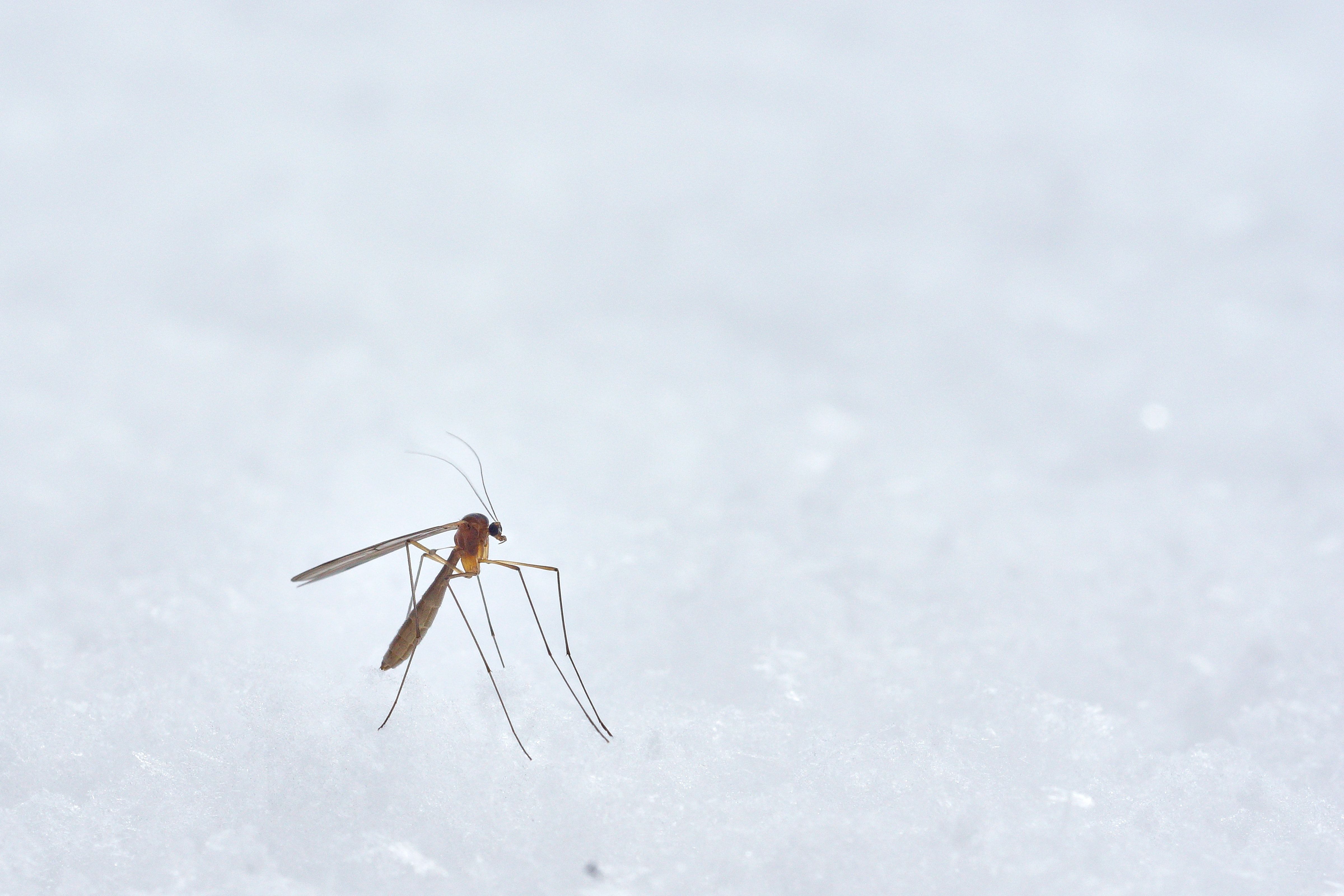Public Health Watch: Cases of Chikungunya, Dengue, and Zika Likely Underestimated in Mexico
A study's results may have implications for future virus tracking.

Current estimates of the incidence of arboviruses Chikungunya, Dengue, and Zika in Mexico may be short of the mark, an analysis published December 2 in PLOS Neglected Tropical Diseases has found.
If accurate, the results have implications for tracking infectious diseases in the future, including COVID-19. Several studies have suggested that cases of the disease caused by SARS-CoV-2 have also been underestimated.
“We studied the circulation of two new arboviruses in a Dengue endemic area to assess the impact on their circulation and underestimation of cases,” coauthor José Esteban Muñoz-Medina, a researcher with the Central Laboratory of Epidemiology, National Medical Center la Raza at the Mexican Institute of Social Security in Mexico City said in a statement.
Recent diagnostic advances, including multiplex RT-qPCR, have improved the accuracy of serological testing, according to Muñoz-Medina and his colleagues. However, until 2017, diagnostic techniques used by the Mexican National Network of Public Health Laboratories focused solely on the detection of Dengue. As a result, the true incidence of these 3 arboviruses in the country, as well as the incidence of coinfections, was unknown.
Given that new diagnostic approaches can differentiate between the three, closely related arboviruses, the researchers sought to estimate the incidence of Chikungunya and Zika, which were first detected in Mexico in 2014 and 2015, respectively, in endemic areas in the country (the states of Oaxaca, Quintana Roo, and Veracruz). To do so, they conducted a cross-sectional study of 1,038 serum samples used to confirm the diagnosis of Dengue, during the first 3 years of cocirculation of these arboviruses (2015, 2016, and 2017), reanalyzing the samples using multiplex RT-qPCR, which can identify any of the 3 viruses in a single reaction.
In all, 54.4% of the samples were negative for all 3 arboviruses. Of the retested samples, 20.6% tested positive for Chikungunya while 14.6% and 12.2% were positive for Zika and Dengue, respectively. Notably, 2.2% of the samples tested positive for 2 or more of the viruses (ie, coinfection).
There was a 2.4-fold higher rate of arbovirosis than originally reported, including coinfections. That latter figure—coinfections—had not been documented previously in Mexico, according to the researchers. However, future studies are needed to generate current and accurate incidence estimates for each of the 3 viruses, they said.
“The information generated in this study enriches [Mexico] with more precise epidemiological information on these arboviruses,” they wrote. This “can help improve estimates of burden, morbidity and resource allocation, as well as providing information to design better diagnostic algorithms, given the possible scenario of new outbreaks or epidemics caused by these or other arboviruses that are currently circulating in the Americas.”
